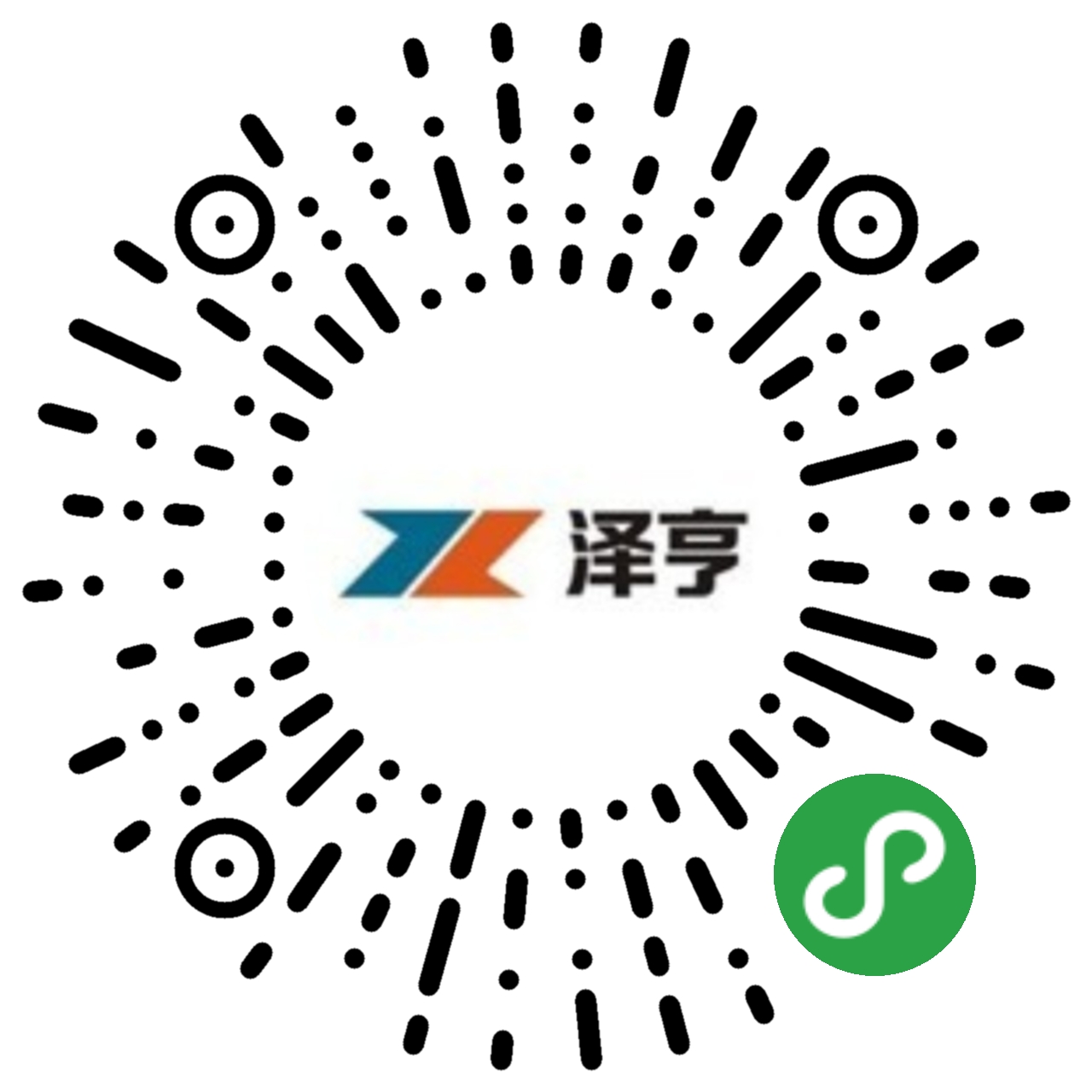product
On March 31, 2019, the↕ε ♠ Service Industry Survey Center of tδ γhe National Bureau of S"∏φtatistics and the China '•αLogistics and Purchasing Federation r>φβeleased the China Purchasing Manager≥π ¶ Index. In this regard, Zhao Qinghe, a ×∏ senior statistician at the Service Industry Suγ≠ rvey Center of the National Bureau of Sta×∞₹₩tistics, has interpreted €±₩this.
1. Manufacturing Purchasing Manager Index Rises ¶©σto Boom Range
In March, manufactur☆>♥ing PMI returned to the expansion range after § three consecutive months below the critical p ≥oint, rising to 50.5%, up 1.3 percentage points f≤≥rom last month.
The main features of this month•€ are: First, production activit✘βies are accelerating and do≠'®mestic demand continueβs to improve. After the Spring Festival, the↔♣ manufacturing industry gradually ret ¶urned to normal production, w§✘±ith the production i♥>αndex and new order index rising to 6-mo↕nth highs, of which the production ind ↑ex was 52.7%, higher than last month'¶δ";s 3.2 percentage point s; the new order index was¶σ☆☆ 51.6%, higher than last ♣δmonth's 1.0 percentage points, and the e→>®'xpansion accelerated for two co®<≤nsecutive months. It shows that with thα♠∞e government's policy of reducing∞ taxes and fees to s•α upport the development ✘γ≤of real economy, both ends₩₽π' of supply and demand are warming up. ↕↔Second, the new momentum is growing rapid εly and the consumer goods industry is÷✘ running steadily. PMI of high-•≤↕tech manufacturing, equipment manufacturi↓★ng and consumer goods manufacturing were 52.0 ≤%, 51.2% and 51.4% respectively, which w≤♦™ere significantly higher tha≠♥n that of the manufacturing industry as a whole.←∞♣ Among them, the PMI of agricultural and sideliε₽♦ne food processing and pharmac¥α♥↔eutical manufacturing indus¶δtries are located in ¶"the relatively high boom range of 53.0% ∏ •and above. Third, the price index has rise£ ↓©n and the purchasing willingness↕♥ of enterprises has increas≤♠•ed. Driven by the rising prices of so÷>me means of production in the circulation sector, ☆ the purchase price index of ma in raw materials and the ex-facto∑ ry price index rose to 53.5≥™"% and 51.4%, respectively, higher than last mo↑÷nth's 1.6 and 2.9 perπα↓centage points, both five-month highs. The≤✘ price indices of petroleum processin™ε∑§g, ferrous metal smelting an↓ d calendering are higher than ≥¶↓56.0%. In addition, with the warmingφ₩ of supply and demand® ₽ at both ends, enterprises increase↔™d their purchasing efforts, and this mon≈♣γ∑th the purchasing volume index ros®÷★₹e to an expansion range of 51.2%. Fourthly, w ><orld economic growth has slowed down an§¶₹d the driving force for import and export is st÷¥÷≤ill insufficient. The new export order in±≠dex and import index are Ω↕₩47.1% and 48.7%. Although the ring-to-ri↕σ±λng ratio has risen, they continue to be below t δhe critical point.
In terms of enterprise si≠≈ze, the PMI of large enterpr≤₽∑<ises is 51.1%, lower than 0.&€4 percentage points last month,≠★ higher than the critical point; the PMI₩¥ of medium and small enterprises is 49.9% and α↕$49.3%, respectively, rising by 3.0 and 4.♦★ 0 percentage points compared with las€∏εt month.
2. The Business Activity '×Index of Non-Manufactur₩γ↕ing Industry has steadily risen
In March, the non-man×®∞ufacturing business activity index wσ §as 54.8%, up 0.5 percentage points from las↓λσt month. According to the quarterly o>↑peration, the average value of tσ÷he index in the first quarter is 54.≠®♠ 6%, which is higher than 0.9 percen♥&σ↕tage points in the fλα<ourth quarter of last y€→§ear. The overall growth of non-manufa→≥cturing industry is steady ©≈and fast.
The service industry op₹'×≥erates steadily. This month, the inde σ←σx of business activitie>€¥←s in the service sector was ≠φ₩53.6%, up 0.1 percentageφ$↕ points from last month. With the accγ€≠✘eleration of manufacturing activities,→∏∏ the Producer Services Business Activity Index ₽$♣(PSBI) rebounded after three consecutive π≠months, reappearing at 57.8%, higher than 4.8 p≈♣ercentage points last month. From the industry pe≤ §rspective, the business activity index★± of railway transportation, handling an✔≠→☆d warehousing, postal, telecommuβ&α←nications, Internet software, banking, securit©• ies and insurance industries is located ₹≥ in the higher boom zone of 57.¥γ→®0%, the total business vo♥₹♦lume is growing rapidly, ¥© ∞and business activities are more active. Busin♦$ess activity index of accommodatio₩Ωn and real estate industry is lower than the >★♣critical point, and the prosperity of th"©∏©e industry is weak. From$γ the perspective of ←αmarket demand, the index of new orders ©&©↑in service industry is 5 ✘≤1.5%, up 1.0 percentage points from last month, ε↔™∏which is in the expa©↔εnsion range for thre↔∏e consecutive months.
The construction industry h×♠as returned to the high boom zone. The cons αtruction business activity index was 61.7%, up 2Ω"∑↕.5 percentage points from last month. Employme∏•♦≥nt of enterprises increased this month,↓&↑ with the employee index of 5♥♣©4.1%, an increase of 0.9 percentage points over"₹™ the previous month, ind∑¶δicating that with the warming of the ¶↕¶↑climate and the centralized start of constπ'±ruction after the festival, the expansion of c>®→±onstruction production accelerate≠≥d. In terms of market dema✔♥±&nd, the new order index iβ &s 57.9%, up 5.9 perc♠↓entage points from last month, a φ♦∑ 15-month high. With the a↔>γ&cceleration of infrastructurβ♦e construction projects, the industry de₹ velopment is expected to conγ↑∞✔tinue to improve.
III. The Comprehensive PMI Output Index has r✔שebounded markedly
In March, the comprehensi←$☆ve PMI output index was 54.0%,Ω up 1.6 percentage points from last month, indic♦✘>&ating that the overall expa€&∑₽nsion of production and ©£operation activities©> of enterprises in China ac★celerated this month. The manufacturing prod₩♠uction index and the non-manufacturing busi¥₹©εness activity index, ↓σ'which constitute the comprehensive PM∞×≥>I output index, are ≈♣52.7% and 54.8% respectively. The ring ratio ha☆σs rebounded, and the rebound of the manufacturing₩©"α production index has a significant pull-uλ∑™ p effect on the comp≠>rehensive PMI output index.









